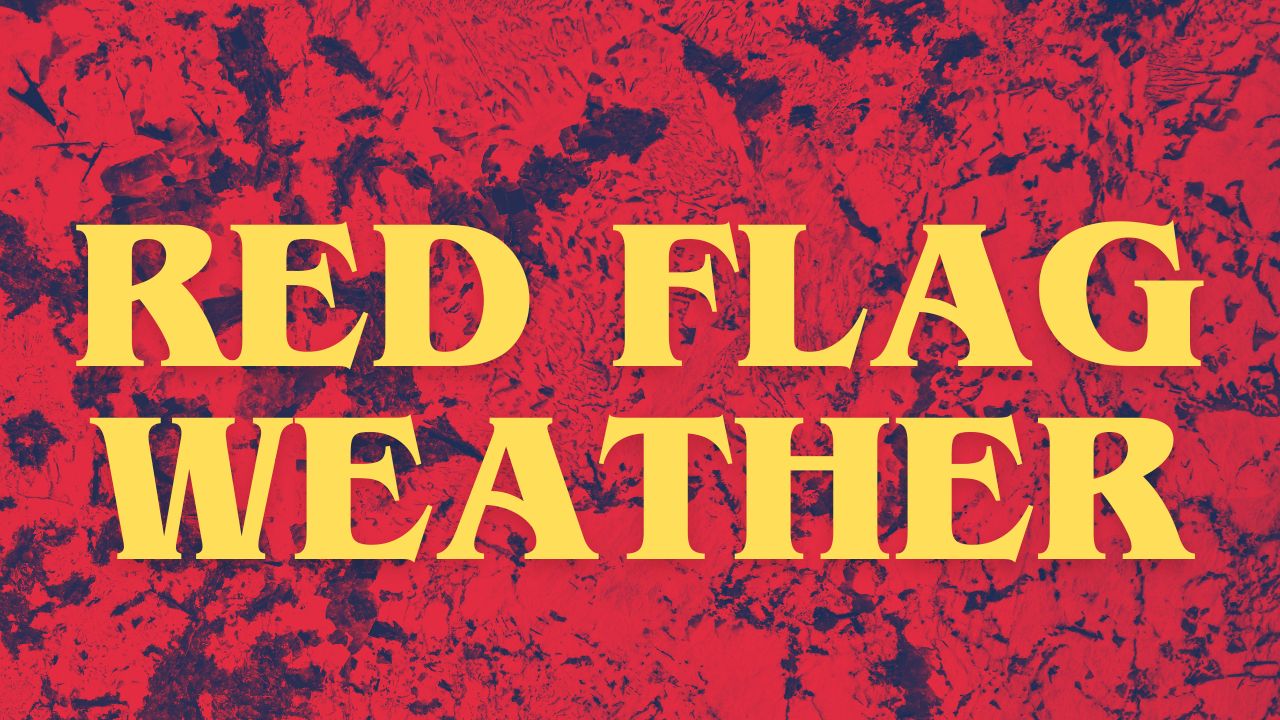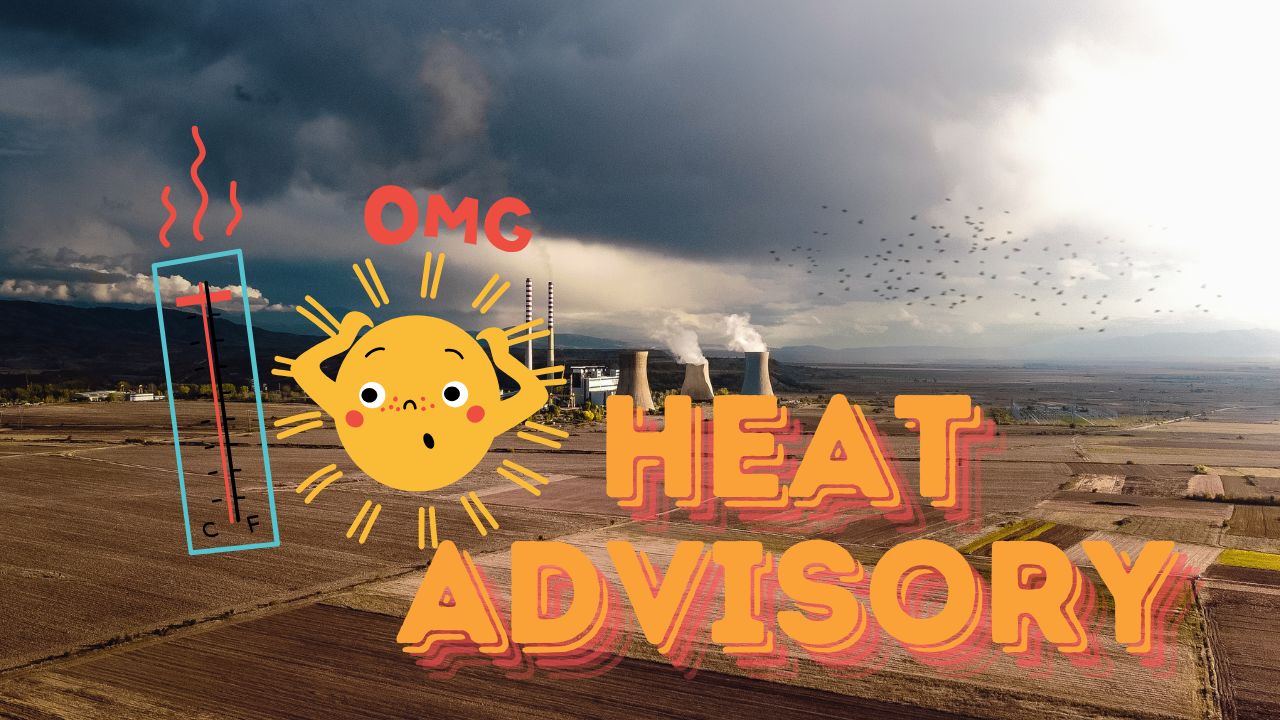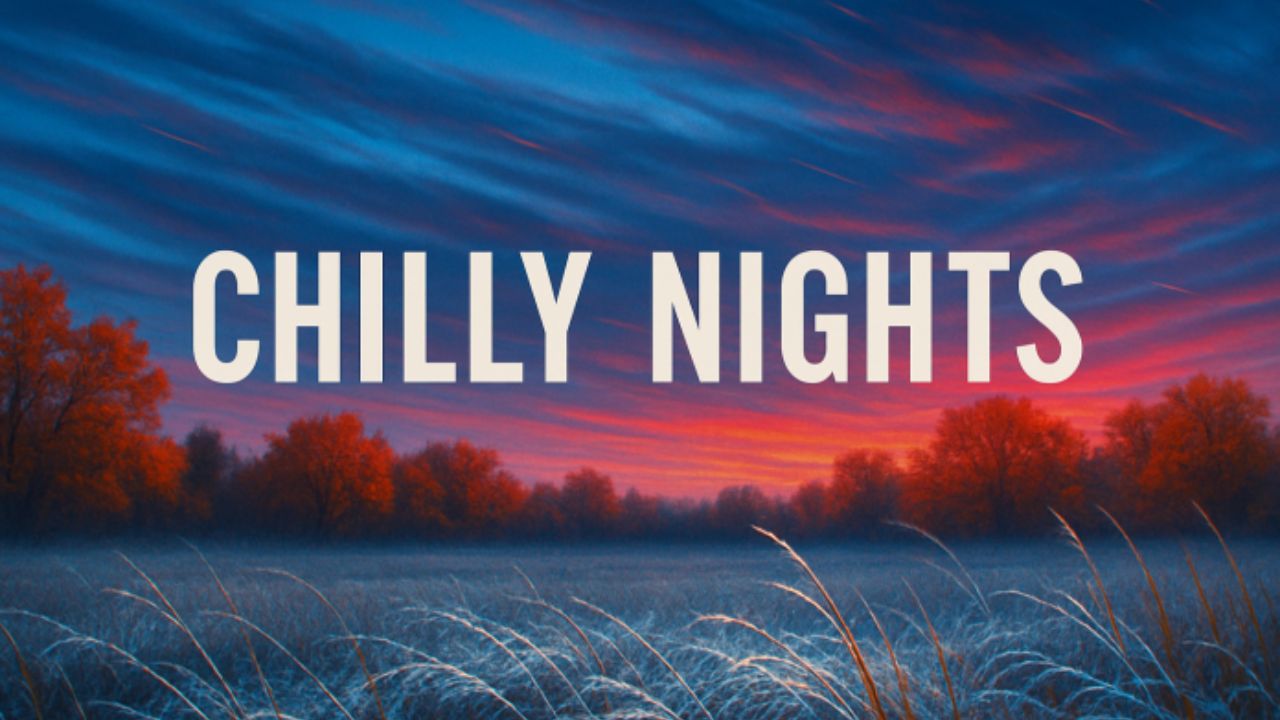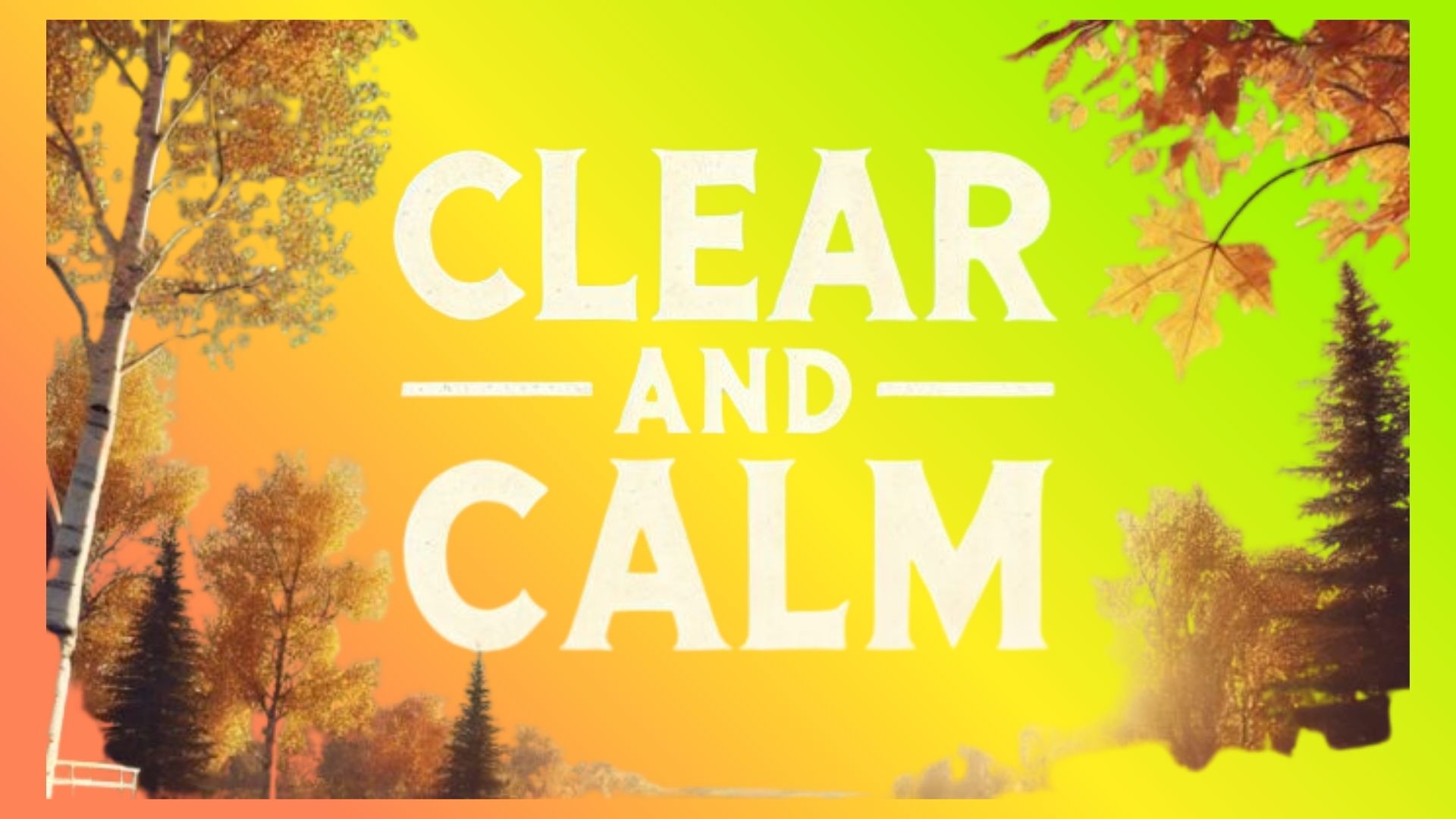Pueblo, CO – The National Weather Service (NWS) in Pueblo has issued a Red Flag Warning for parts of southern Colorado, warning residents of heightened fire danger from noon to 6 p.m. MDT on Tuesday. The alert covers the San Luis Valley, including Alamosa, Del Norte, Fort Garland, and Saguache, where dry and windy conditions could trigger rapid wildfire ignition and spread.
The Warning: Critical Fire Weather Expected
Meteorologists at the National Weather Service say a combination of strong northwest winds and low relative humidity is creating a dangerous fire environment across the region.
Forecasters expect sustained winds of 10 to 20 mph, with gusts up to 35 mph, alongside humidity levels dropping to around 11 percent. These conditions, officials warn, make it easy for even a small spark to ignite a fast-moving wildfire.
“Any fires that start will have the potential to spread rapidly,” the NWS Pueblo office said in its alert. “Residents should exercise extreme caution with outdoor activities.”
Areas Affected by the Red Flag Warning
The Red Flag Warning applies to the San Luis Valley region, which includes the counties of Alamosa, Rio Grande, Saguache, and Costilla. Towns and communities such as Del Norte, Fort Garland, and Alamosa are expected to experience the highest wind speeds during the afternoon hours.
Local officials are advising residents to avoid outdoor burning, secure machinery, and refrain from using equipment that could cause sparks, such as chainsaws or welding tools.
Fire agencies across the valley have been placed on heightened alert to respond quickly to any reported smoke or fire starts.
Meteorological Conditions Driving the Fire Risk
The NWS explained that a dry northwest air mass combined with strong daytime heating will further dry out vegetation that has already been stressed by below-normal precipitation.
In addition to gusty winds, the lack of recent rainfall and continued low soil moisture across southern Colorado’s grasslands and foothills are expected to intensify the fire threat throughout the afternoon.
“Conditions like this can lead to explosive fire growth,” said an NWS meteorologist. “People should take every precaution to prevent accidental ignition.”
Safety Recommendations from Authorities
Fire departments and emergency managers across the San Luis Valley are urging the public to take immediate safety measures to prevent wildfires. Residents should:
- Avoid burning trash or debris outdoors.
- Postpone outdoor equipment use that generates sparks.
- Properly extinguish campfires and avoid parking on dry grass.
- Report any smoke or fire sightings immediately to local 911 dispatch centers.
Authorities also remind residents to stay alert for emergency updates, as additional warnings or evacuation notices could be issued if conditions worsen.
Background: Red Flag Warnings and Regional Fire Risks
A Red Flag Warning is issued when warm temperatures, strong winds, and low humidity combine to increase the risk of fire ignition and spread. These warnings are common in Colorado’s high plains and valleys, particularly during dry autumn months.
The San Luis Valley, bordered by the Sangre de Cristo and San Juan Mountains, is especially vulnerable due to its wide grasslands and frequent afternoon wind gusts.
Ongoing Developments and Forecast Outlook
The Red Flag Warning remains in effect until 6 p.m. Tuesday, after which wind speeds are expected to gradually weaken overnight, offering some relief. However, forecasters warn that fire danger will persist throughout the week, particularly if dry conditions continue.
The NWS will continue to monitor the situation and provide updates through the Pueblo Weather Office and local media outlets.
Conclusion
With dry vegetation, gusty winds, and low humidity combining to create extreme fire weather conditions, southern Colorado residents are urged to stay cautious and avoid any actions that could spark a wildfire. Even one careless mistake, officials warn, could have devastating consequences for the San Luis Valley.
What are your thoughts on this Red Flag Warning? Share your experiences or safety tips in the comments below.




